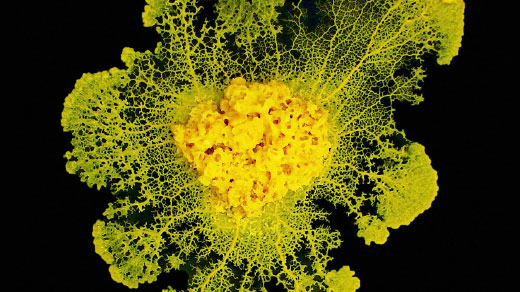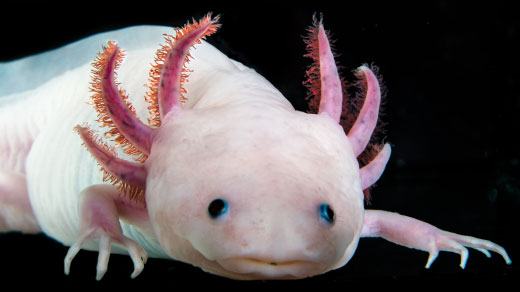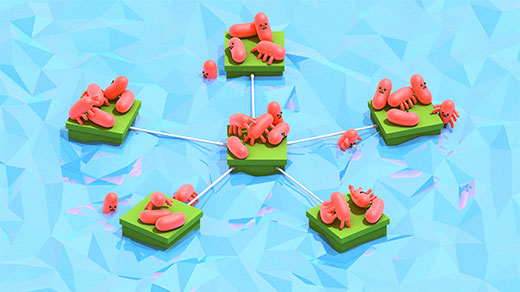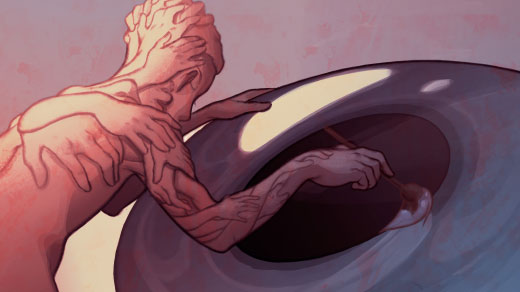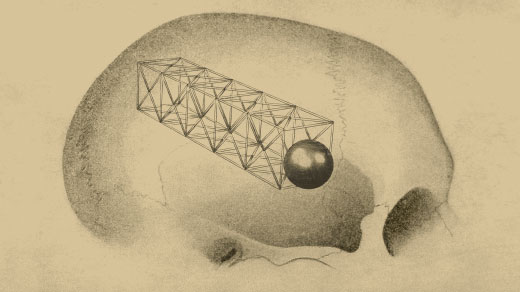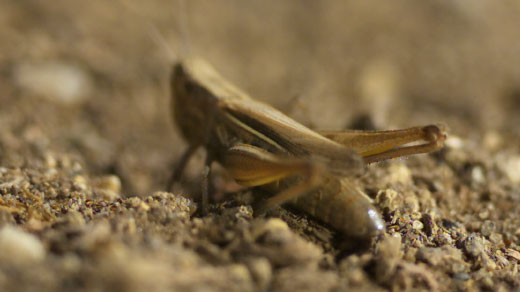What's up in
Biology
Latest Articles
To Make Sense of the Present, Brains May Predict the Future
A controversial theory suggests that perception, motor control, memory and other brain functions all depend on comparisons between ongoing actual experiences and the brain’s modeled expectations.
Slime Molds Remember — but Do They Learn?
Evidence mounts that organisms without nervous systems can in some sense learn and solve problems, but researchers disagree about whether this is “primitive cognition.”
Salamander’s Genome Guards Secrets of Limb Regrowth
With a fully sequenced genome in hand, scientists hope they are finally poised to learn how axolotls regenerate lost body parts.
Mathematics Shows How to Ensure Evolution
New results emerging from graph theory prove that the way a population is organized can guarantee the eventual triumph of natural selection — or permanently thwart it.
Theory Suggests That All Genes Affect Every Complex Trait
The more closely geneticists look at complex traits and diseases, the harder it gets to find active genes that don’t play some part in them.
Her Key to Modeling Brains: Ignore the Right Details
Being able to think like a physicist helps Carina Curto, a mathematician-turned-neuroscientist, pull insights about the human brain out of theoretical models.
Brains May Teeter Near Their Tipping Point
In a renewed attempt at a grand unified theory of brain function, physicists now argue that brains optimize performance by staying near — though not exactly at — the critical point between two phases.
Too Small for Big Muscles, Tiny Animals Use Springs
Elastic springs help tiny animals stay fast and strong. New work is finding what size critters must be to benefit from the springs.
The Physics of Glass Opens a Window Into Biology
The physicist Lisa Manning studies the dynamics of glassy materials to understand embryonic development and disease.

